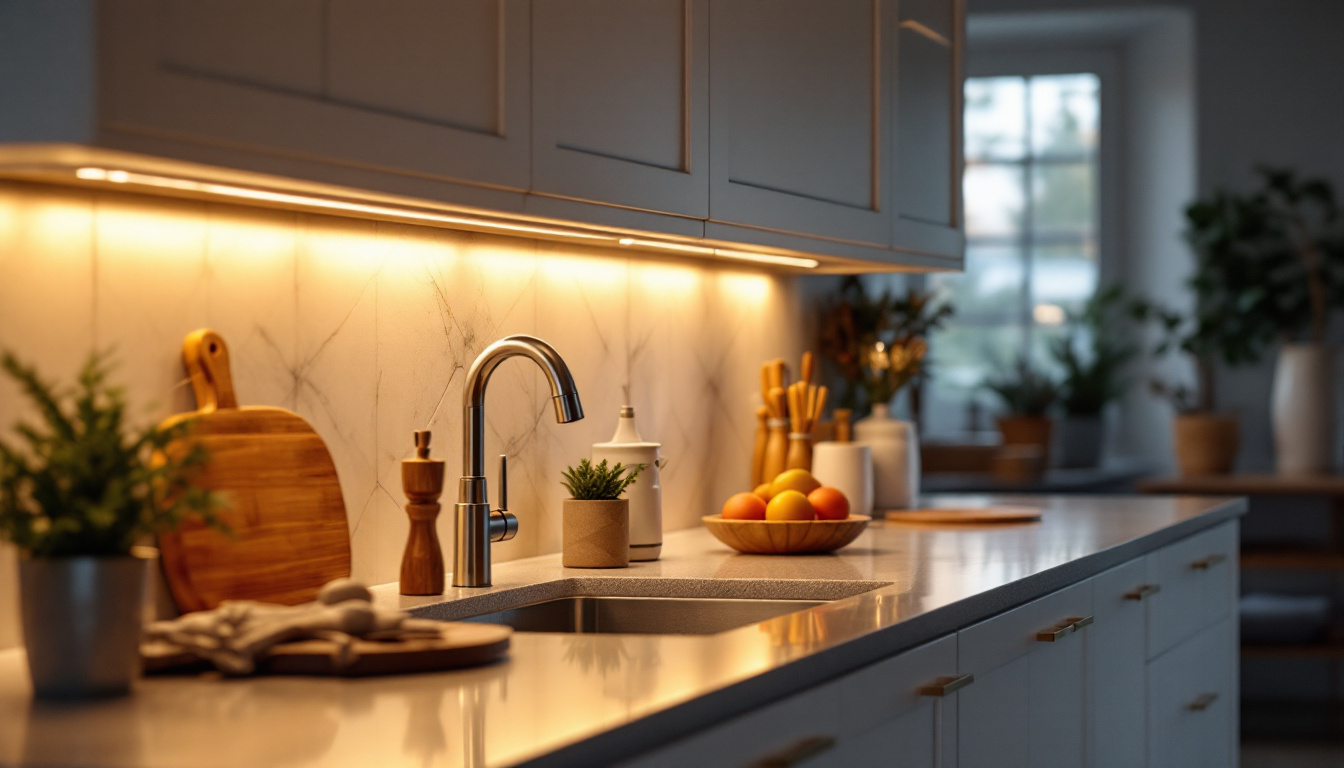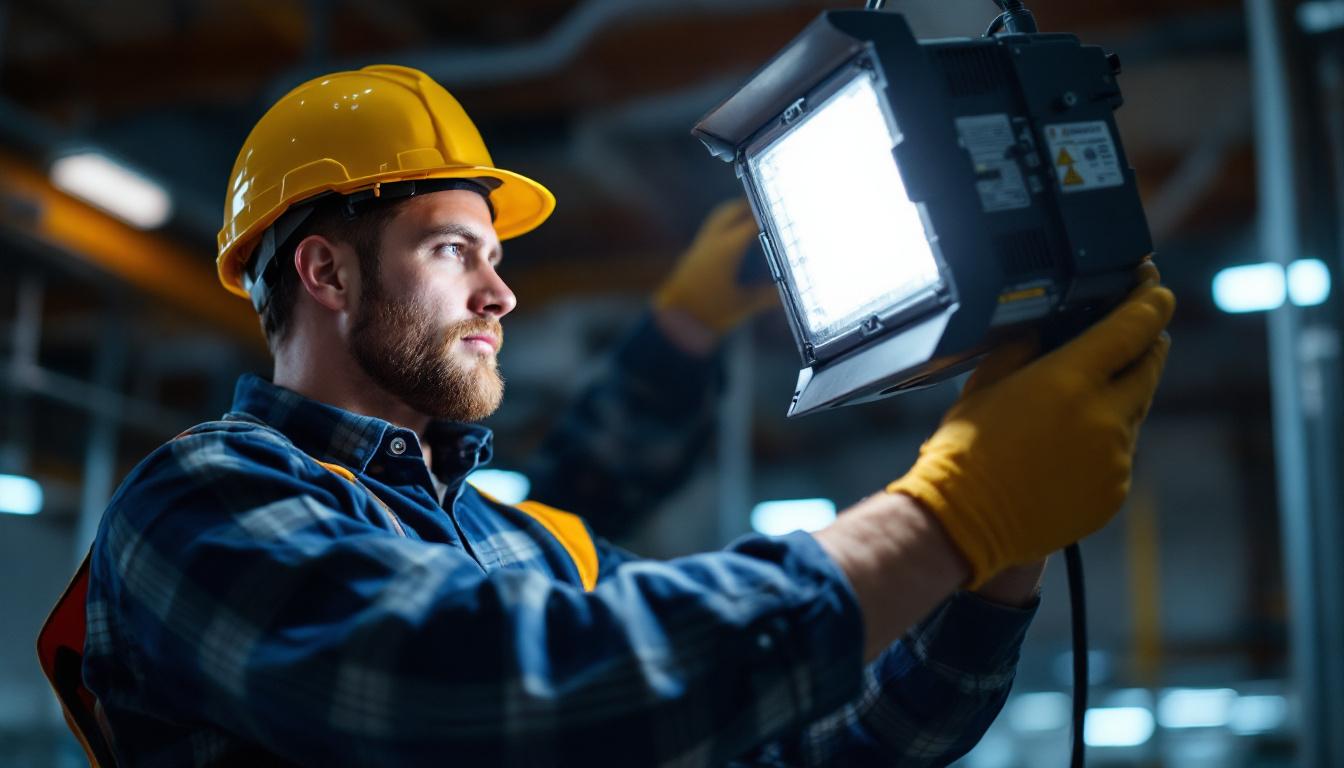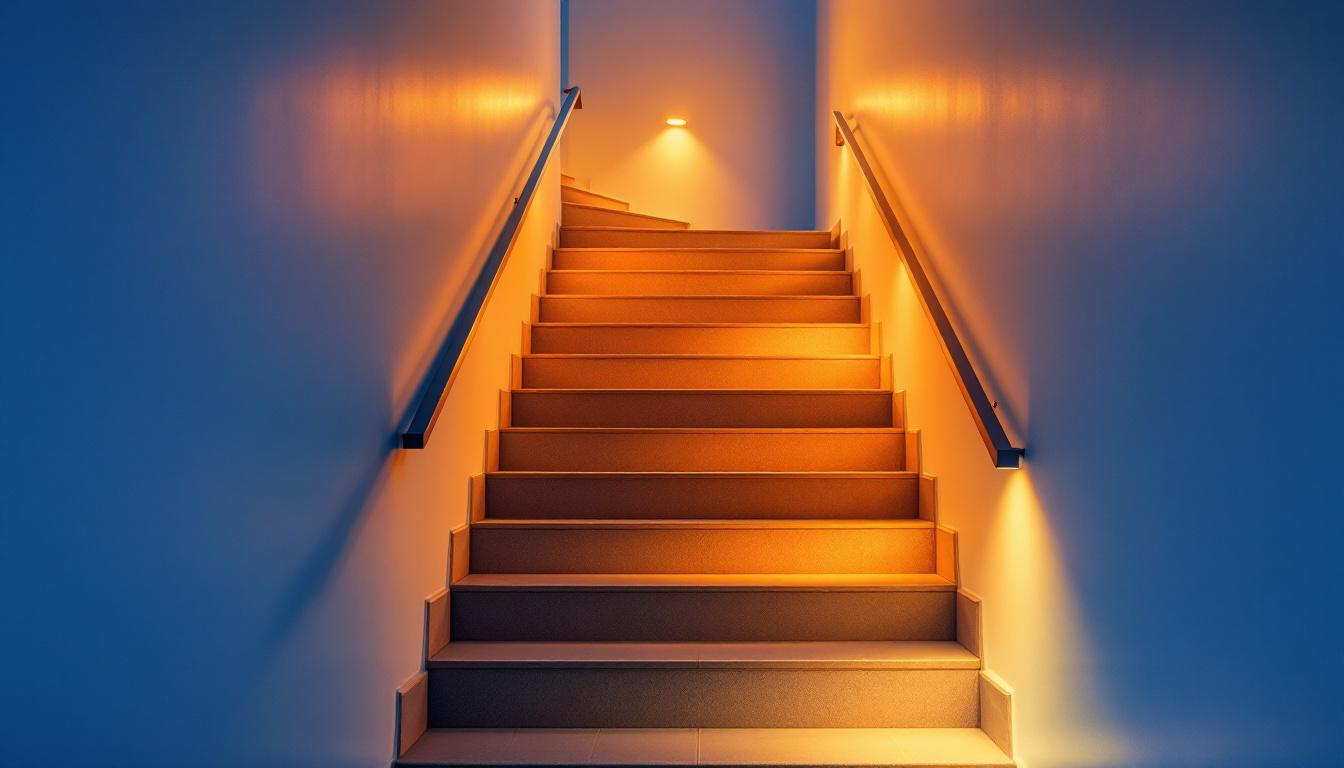
Undercounter lighting has become an essential element in modern residential and commercial spaces. For lighting contractors, understanding the nuances of this type of lighting can enhance both the functionality and aesthetic appeal of a project. This article delves into the key points that lighting contractors should consider when working with undercounter lighting.
Undercounter lighting refers to fixtures installed beneath cabinets, shelves, or countertops, primarily in kitchens, workspaces, and retail environments. This type of lighting serves various purposes, from illuminating work areas to enhancing the overall ambiance of a room.
One of the primary benefits of undercounter lighting is its ability to provide focused illumination where it is most needed. This not only improves visibility but also adds a layer of safety by reducing shadows and dark spots in areas where tasks are performed. Properly placed undercounter lighting can make a significant difference in the ease of food preparation, crafting, or any detailed work, allowing individuals to perform tasks with greater precision and confidence.
Lighting contractors should be familiar with the different types of undercounter lighting available on the market. The most common options include LED strips, puck lights, and fluorescent fixtures. Each type has its unique advantages and applications.
LED strip lights are particularly popular due to their energy efficiency, low heat output, and versatility. They can be cut to fit specific lengths, making them ideal for various cabinet sizes. Puck lights, on the other hand, offer a more traditional look and are often used for accent lighting. These small, round fixtures can be strategically placed to highlight specific areas, such as a beautiful backsplash or decorative dishware. Fluorescent fixtures, while less common now, can still be found in some commercial applications where bright, even lighting is required. Additionally, they are often more affordable upfront, making them a practical choice for budget-conscious projects.
Color temperature plays a crucial role in the effectiveness of undercounter lighting. Measured in Kelvin (K), color temperatures can range from warm (2700K) to cool (5000K) tones. For kitchens and workspaces, a cooler temperature (around 4000K) is often preferred as it mimics daylight and enhances visibility.
However, the choice of color temperature should also consider the overall design and purpose of the space. Warmer tones can create a cozy atmosphere in dining areas, while cooler tones are more suitable for task-oriented environments. Moreover, the interplay of color temperature with other light sources in the room can significantly affect the overall aesthetic. For instance, combining undercounter lighting with pendant lights or recessed ceiling fixtures can create a harmonious balance, ensuring that each area of the room feels inviting yet functional. Additionally, dimmable options are becoming increasingly popular, allowing users to adjust the brightness and warmth according to the time of day or specific activities, enhancing the versatility of the space even further.
Proper installation is vital for the success of undercounter lighting. Lighting contractors must pay attention to several factors to ensure optimal performance and aesthetics.
The positioning of undercounter lights is crucial for achieving even illumination. Lights should be installed close to the front edge of the cabinet or shelf to minimize shadows. Additionally, spacing between fixtures should be considered; too far apart can lead to dark spots, while too close can create an overly bright area.
For LED strip lights, a general rule of thumb is to space them about 24 to 30 inches apart. Puck lights can be spaced around 12 to 18 inches apart, depending on the desired brightness and effect. It’s also important to consider the height of the installation; for example, in kitchens, lights should be positioned to effectively illuminate countertops without causing glare or discomfort for users. This careful consideration can significantly enhance the functionality of the space, making tasks like food preparation much easier and safer.
When installing undercounter lighting, contractors must ensure that the power supply and wiring are adequate for the chosen fixtures. LED lights typically require a low-voltage power supply, while fluorescent and incandescent options may need standard voltage connections.
It’s essential to plan the wiring layout carefully to avoid visible cords or unsightly junction boxes. Utilizing raceways or conduit can help maintain a clean appearance while ensuring safety and compliance with electrical codes. Additionally, incorporating dimmer switches can provide flexibility in lighting levels, allowing homeowners to adjust the ambiance according to their needs. This feature is particularly beneficial in multi-functional spaces, where bright lighting is needed for tasks during the day, but a softer glow is preferred in the evening for relaxation. Furthermore, considering energy-efficient options not only contributes to lower utility bills but also supports sustainable living practices, making the installation both practical and environmentally friendly.
Energy efficiency is a significant consideration in today’s lighting design. With the increasing focus on sustainability, lighting contractors should educate clients about the benefits of energy-efficient undercounter lighting options.
LED lighting stands out as the most energy-efficient option available. Consuming significantly less energy than traditional incandescent or fluorescent lights, LEDs can result in substantial savings on electricity bills over time. Additionally, their long lifespan means fewer replacements, contributing to reduced waste.
Contractors should also highlight the environmental benefits of LED lighting. With lower energy consumption, there is a corresponding reduction in carbon emissions, making it a more sustainable choice for clients who are environmentally conscious.
Incorporating smart technology into undercounter lighting can further enhance energy efficiency. Smart lighting systems allow users to control brightness, color temperature, and even scheduling through mobile apps or voice commands. This level of control can lead to optimized energy use, as lights can be turned off when not needed.
Contractors should consider recommending smart lighting solutions to clients looking for modern, flexible options. This can also serve as a selling point, as many homeowners and businesses are increasingly interested in integrating smart technology into their spaces.
The design of undercounter lighting should complement the overall aesthetic of the space. Lighting contractors must work closely with clients to understand their design preferences and how undercounter lighting can enhance the environment.
Undercounter lights come in various styles and finishes, from sleek modern designs to more traditional options. The choice of fixture should align with the cabinetry and overall decor of the space. For instance, brushed nickel or chrome finishes may suit contemporary kitchens, while bronze or antique finishes could complement rustic designs.
Additionally, the choice between visible fixtures and recessed lighting can impact the overall look. Recessed lights provide a clean, unobtrusive appearance, while visible fixtures can serve as decorative elements.
Undercounter lighting can significantly influence the ambiance of a room. By using dimmable fixtures or adjustable color temperatures, contractors can help clients create the desired mood for different occasions.
For example, softer, warmer lighting can enhance a cozy dinner atmosphere, while brighter, cooler lighting may be more appropriate for meal preparation or work tasks. Understanding the client’s needs and preferences is key to achieving the right balance.
Safety and compliance with local building codes are paramount when installing undercounter lighting. Lighting contractors must stay informed about the regulations that govern electrical installations to ensure that their work meets safety standards.
Electrical codes vary by region, but generally, they dictate the safe installation of lighting fixtures, including requirements for wiring, grounding, and circuit protection. Contractors should familiarize themselves with these codes to avoid potential hazards and ensure compliance.
Moreover, using fixtures that are rated for undercounter use is essential. These fixtures are designed to withstand the conditions typically found in kitchens and workspaces, such as humidity and heat from appliances.
Fire safety is another critical aspect to consider when installing undercounter lighting. Ensuring that fixtures are properly rated and installed away from heat sources can help mitigate fire risks. Additionally, using LED lights, which emit less heat compared to traditional bulbs, can further enhance safety.
Contractors should also educate clients on the importance of regular maintenance checks to ensure that all fixtures are functioning correctly and safely. This proactive approach can prevent potential issues before they arise.
Effective communication with clients is essential for successful undercounter lighting projects. Lighting contractors should take the time to educate clients about their options, installation processes, and maintenance requirements.
During initial consultations, contractors should present various undercounter lighting options tailored to the client’s needs and preferences. This includes discussing different types of fixtures, color temperatures, and control systems. Providing samples or demonstrations can help clients visualize the final outcome.
Additionally, discussing the benefits of energy efficiency and smart technology can empower clients to make informed decisions that align with their values and budget.
After the installation is complete, contractors should offer ongoing support to clients. This can include guidance on how to operate smart lighting systems, tips for maintenance, and troubleshooting assistance. Providing this level of support can enhance client satisfaction and foster long-term relationships.
Moreover, encouraging clients to share their experiences and feedback can provide valuable insights for future projects and help contractors refine their services.
Undercounter lighting is a vital component of modern lighting design, offering both functional and aesthetic benefits. For lighting contractors, understanding the various aspects of undercounter lighting—from types and installation to energy efficiency and client communication—is essential for delivering successful projects.
By staying informed about the latest trends, technologies, and compliance standards, contractors can provide exceptional service and create spaces that meet the diverse needs of their clients. With the right approach, undercounter lighting can transform any environment, enhancing both its practicality and visual appeal.
Ready to elevate your undercounter lighting installations with premium products that promise performance and affordability? Look no further than LumenWholesale. Our extensive selection of spec-grade lighting solutions is designed to meet the highest industry standards, ensuring your projects shine with reliability and excellence. Say goodbye to inflated markups and hello to unbeatable wholesale prices, plus enjoy the convenience of free shipping on bulk orders. Don’t compromise on quality or value—choose LumenWholesale for Wholesale Lighting at the Best Value and make every space glow with perfection.

Discover everything about the 1000 Watt MH ballast in our comprehensive guide—learn key benefits, installation tips, and industry insights to optimize your lighting projects today!.

Discover essential strategies and tips for lighting contractors to excel in the industry.

Explore the advantages and challenges of stairway lighting for contractors.

Discover expert insights and best practices for installing LED post lights in this comprehensive guide tailored for lighting contractors.